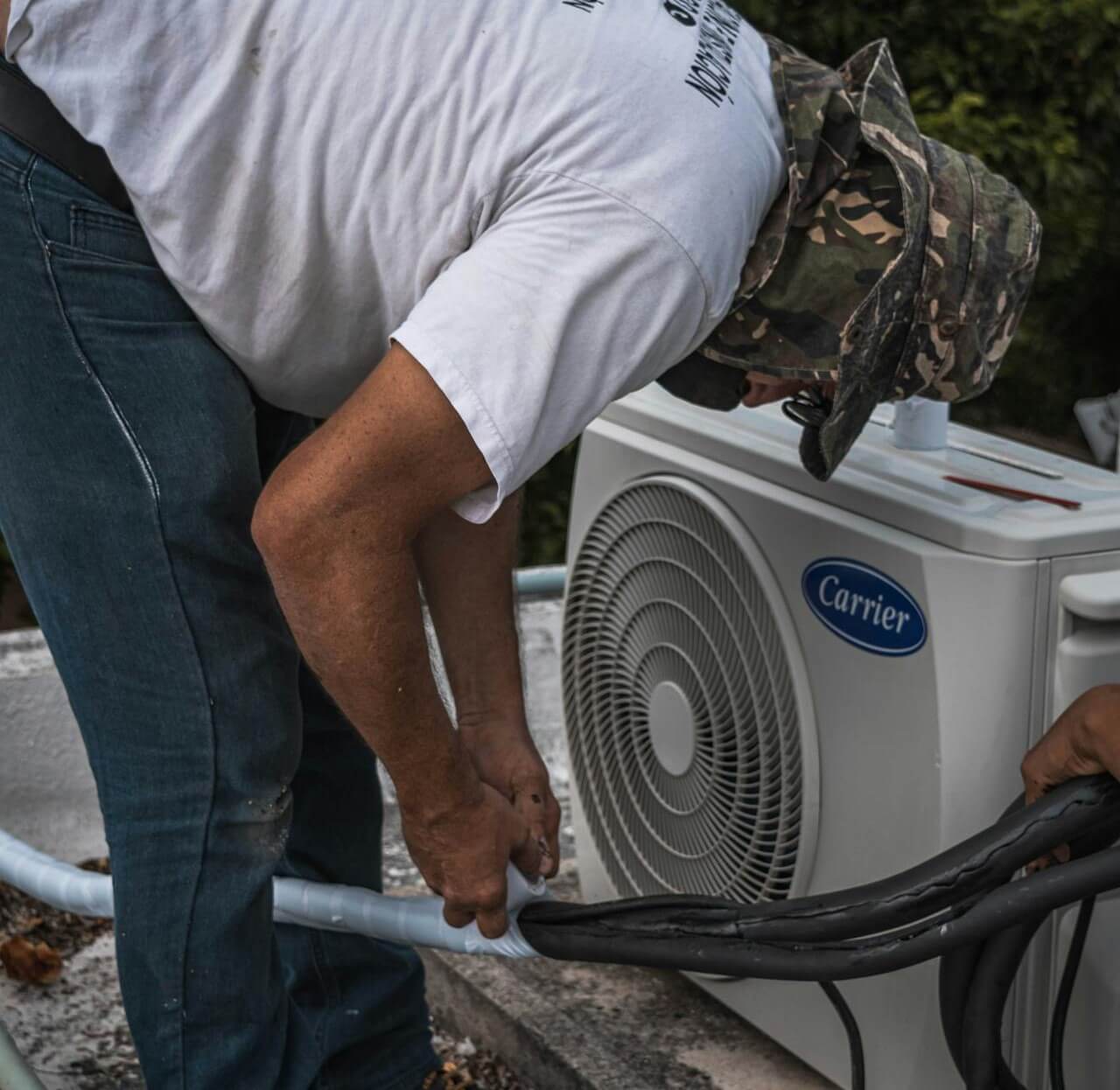Air conditioning units use refrigerant chemicals, and the type of chemicals allowed have changed over the years. Prior to 2010, for example, R22 was often used. However, it was found to cause issues with the ozone layer, so it started to be phased out. In 2020, it was no longer legal to manufacture R22 in the United States, or to import it from other countries. Now, air conditioning systems use R410a in its place. Here’s what you need to know about these two different refrigerant options.
What is R22?
For decades, air conditioners required a chemical called R22 in order to operate. It was typically known by its brand name, Freon. That led to people saying they “needed freon” to keep their air conditioner working properly. R22 is a hydrochlorofluorocarbon, and was used with success for a long time. While it does a good job cooling, it’s also hard on the environment. As more studies started to show how R22 was damaging the planet, there was pressure to stop using it.
Of course, manufacturers couldn’t just quit making something that so many people needed for their air conditioners, so a new option had to be found. That option turned out to be R410a, which replaced R22 as the standard chemical for HVAC systems. The goal with this new refrigerant was two-fold. It needed to be environmentally safe, and it needed to work at least as well as its predecessor.
How Is R410a Different?
Now, R410a is the refrigerant used in residential and commercial air conditioning systems. Since it’s not a hydrochlorofluorocarbon it’s much easier on the surrounding environment than R22 was. It also absorbs and releases heat much better than R22 did, so it’s a more logical and efficient choice for your air conditioning needs. All new air conditioners take R410a, and you can no longer buy an R22 unit.
Even though R410a sounds like a great choice, it’s not a perfect solution. It can still cause other types of environmental harm because it’s not easy to recycle. While it’s healthier for the ozone layer, it’s also a very powerful type of greenhouse gas. That means a leaking air conditioner, or other release of R410a into the atmosphere, could still contribute to issues such as climate change.

What If You Have an Older Unit?
When you’re choosing between R22 vs. R410a refrigerant you need to make sure your system is set up for the refrigerant you plan to use. Because R410a is the new standard and the manufacture or import of R22 is now illegal, all new air conditioning units will require R410a. However, that doesn’t mean you have to get rid of an R22 unit if it’s still working. It’s not illegal to own one, or to have it serviced.
However, you might find that your technician can’t find the R22 you need, since it’s in increasingly short supply. Eventually, there won’t be any R22 available at all, and any unit that’s still using this particular refrigerant chemical will have to be upgraded to a newer unit when it needs repair that requires refrigerant. Most older units have already been retired, but some are still in use.
Can You Switch Over to the New Refrigerant?
Unfortunately, you can’t just switch an older unit that used to run on R22 over to operate on R410a. You can convert an older unit to run on the new refrigerant, but it’s expensive and often not worth the cost. It’s not possible or realistic to simply use the new refrigerant in the old system, because R410a requires a system that has a much higher pressure. Trying to use it in an older system will blow lines and fittings apart, and can cause a lot of damage.
What’s the Bottom Line on Cooling Chemicals?
The bottom line when you’re considering a new cooling system, or your current air conditioner needs repairs, is that you should always use the type of refrigerant your unit is made for. Using R410a in a system that’s designed for R22 won’t work, for example, due to the pressure difference in these chemicals. If you have an older unit that needs a lot of repair, replacing it with a new unit is generally the right choice.








